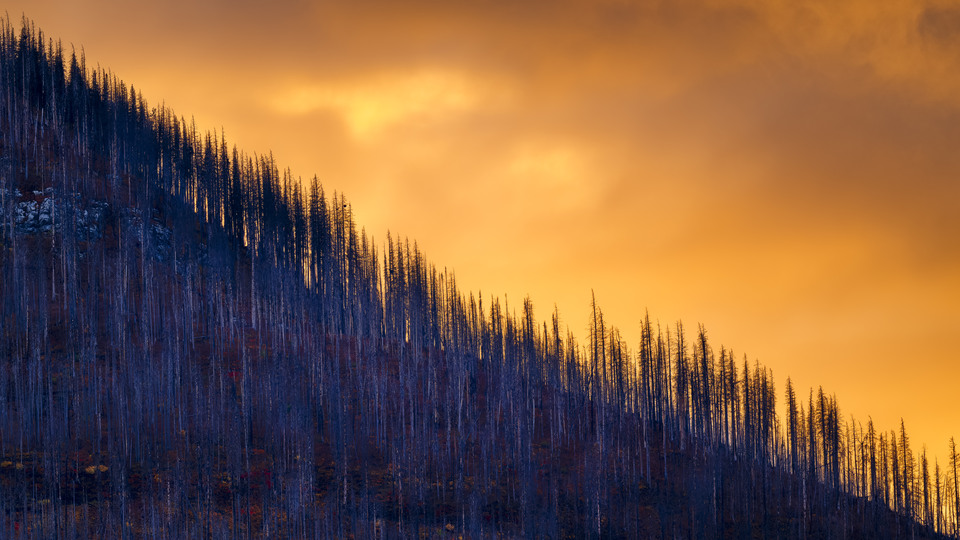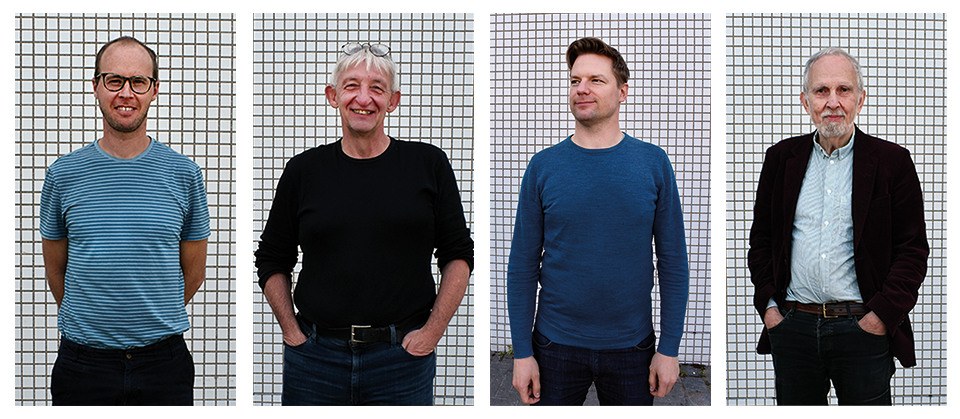
The Arctic in the heat of the moment
It's early June and the air is clear in Helsinki, but the scientists gathered here through a project following up work under the Arctic Monitoring and Assessment Programme see clouds piling up in the horizon. Not only are forest fires in Canada engulfing North America in smoke, but Arctic temperatures are rising steadily, not least geo-politically.
“Climate warming in the Arctic is three to four times higher than the global average. Since 1980, the extent of sea ice during the summer has decreased by a third. The weather is becoming more extreme - heat waves are getting hotter and lasting longer and there is less snow fall and more rain”, says Pontus Roldin, researcher in atmospheric physics at IVL Swedish Environmental Research Institute.
In addition to the climate impact of long-lived greenhouse gases such as carbon dioxide, short-lived climate forcers, such as methane and some particles, have a strong impact on the Arctic climate. Black carbon, commonly known as soot, absorbs heat and when it deposits on snow and ice it accelerates ice melting. Emissions close to the Arctic have a greater impact. Forest fires in the Arctic region are therefore particularly bad, as is flaring from the regions petroleum industry, as well as emissions from shipping, wood burning and agricultural burning.
“It’s a complex system with many feedback loops and large uncertainties, which is why we need to study these particles and processes more," says Pontus Roldin, who together with partners from Finland, Norway and Canada is participating in the EU-funded project ABC-iCAP, Arctic Black Carbon impacting on Climate and Air Pollution.

From the left: Pontus Roldin, Simon Wilson, Ville-Veikko Pauno, Svante Bodin
Scientific cooperation in the Arctic
Regional cooperation to protect the Arctic is also complex, especially after Russia's invasion of Ukraine. Since March 2022, all official work involving Russia in the Arctic Council has been on pause, but it is now being resumed.
“The Arctic Council cannot exclude Russia. It's very important to bring the Russians back to the table to tackle Arctic environmental issues, even if this has many challenges at the moment," says Simon Wilson, ABC-iCAP project manager at the Arctic Monitoring Assessment Program, AMAP, which is organized under the Arctic Council.
Russian stakeholder engagement was also a focus of the ABC-iCAP project but, as with all EU-funded research, all cooperation with Russian partners has been suspended because of the invasion.
Forest fires increase black carbon emissions
From the Finnish Environment Institute, SYKE, Ville-Veikko Pauno is studying the effects of Arctic forest fires and what we can expect in the future.
“Interest in forest fire research has increased dramatically recently - and for good reason. Canada is now experiencing its worst fires in history. Heatwaves are becoming more frequent in Siberia. Since 2018 alone, the number of Arctic forest fires has tripled and it is likely that we will see more and more intense fires in the region in the future.”
And although black carbon emissions from human activities have decreased in most Arctic countries, scientists fear that overall emissions in the Arctic may start to increase again - as forest fires increase and shrinking sea ice allows for more exploitation.
Many are more pessimistic
“One thing that has surprised me is how fast the climate is changing. Just a few decades ago we thought that the horizon for some of the changes we are now observing was still far away, and climate change would affect our grandchildren in their lifetime. Then we thought it would hit our children. But it’s happening now already," says Simon Wilson.
“Many in the scientific community are probably more pessimistic than previously. Up to now we have focused on how what we are emitting is impacting the Arctic, now we need to think more about how the Arctic is impacting the rest of the world - meltwater and rising sea levels, methane being released from permafrost and slowing ocean circulation.”
But there is always a reason to reduce the rate of warming, Pontus Roldin emphasizes. The Arctic environment is sensitive to disturbances, and with increasing activities in the region - such as shipping and mineral extraction - the risk of other negative environmental impacts is growing. For example, Norway, Russia, Canada, and the US are planning to extract critical minerals through deep-sea mining, which poses significant environmental risks.
We can make a difference – learn best wood-burning practices!
In addition to regulating industry and shipping, local practices of agricultural burning need to stop - not least because it often can lead to uncontrolled forest fires.
And then there is the household small scale wood burning, a not insignificant source of black carbon. In fact, domestic woodburning is the largest source of black carbon in Sweden and in Europe as a whole.
“Who doesn't like a cozy fire? Especially here up north, in winter time, with electricity prices soaring.” So says Svante Bodin, former head of research at SMHI and former head of the Climate and Air Pollution division at the Ministry of Environment, now involved in the International Cryosphere Climate Initiative (ICCI), which several years ago initiated a campaign to make wood stove owners reduce black carbon emissions by handling the firewood and the fire properly.
“Reducing particulate emissions from home wood burning combines two good things: it improves local air quality, and it helps to slow down Arctic warming. Learning best wood-burning practices is a small effort that can make a big difference.”
